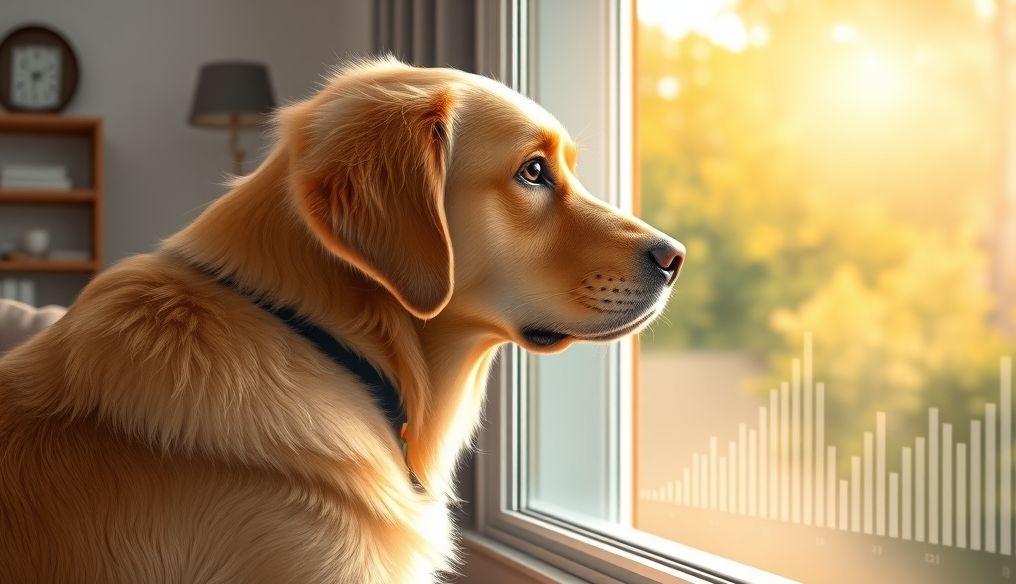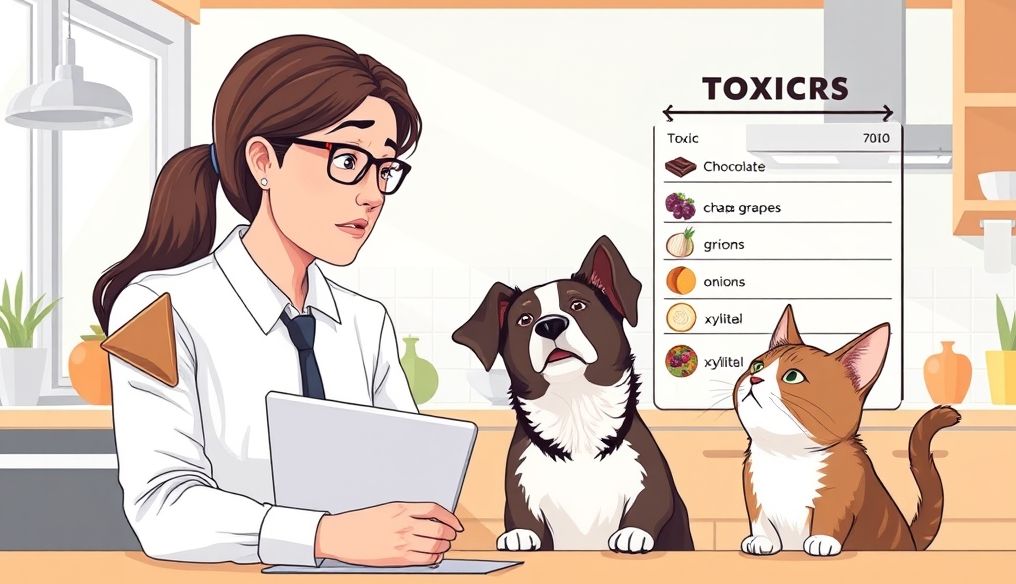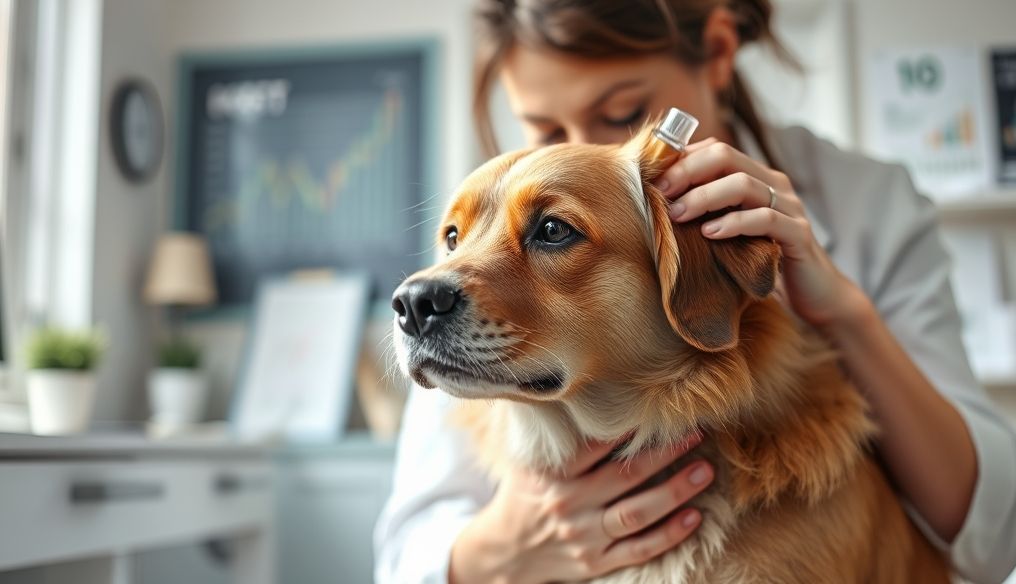Is Leaving Your Pet Alone at Home for Long Periods Harmful?
Pets, especially dogs and cats, are an integral part of many families. They bring joy, companionship, and unconditional love into our lives. However, with the fast-paced lifestyles we lead, we often find ourselves having to leave our pets alone at home for extended periods. This raises important questions about the impact on their health and well-being. Is leaving your pet alone at home for long periods truly harmful? That’s what we will explore in detail.
The Psychological Impact of Leaving Pets Alone
Pets, like humans, are social beings who need interaction and stimulation. Leaving them alone for long periods can lead to serious psychological problems.
Anxiety and Depression
Dogs and cats, in particular, can suffer from anxiety and depression if left alone for extended periods. Signs of anxiety include excessive barking, destruction, urination or defecation in inappropriate places, and excessive panting. Depression can manifest as loss of appetite, lethargy, and lack of interest in playing and interacting.
Case Study: A study published in the "Applied Animal Behaviour Science" journal showed that dogs left alone for more than 4 hours a day were more likely to exhibit behaviors related to anxiety and separation.
Boredom and Frustration
Boredom and frustration are also common psychological effects of leaving pets alone. Without adequate stimulation, pets can become unhappy and restless. This can lead to destructive behaviors such as chewing furniture or excessive scratching.
Feeling of Loneliness
Pets, especially dogs, rely heavily on their owners for companionship and security. Leaving them alone can make them feel lonely and neglected, which negatively affects their relationship with their owners.
The Physical Impact of Leaving Pets Alone
In addition to the psychological impact, leaving pets alone can also have physical effects.
Feeding Problems
If pets are left alone for a long time without supervision, they may experience feeding problems. They may overeat if food is constantly available, leading to obesity. Or they may not eat at all due to anxiety or depression.
Dehydration
Especially in hot weather, pets can become dehydrated if they do not have constant access to clean water. This can lead to serious health problems.
Lack of Physical Activity
Leaving pets alone limits their opportunity for physical activity. Lack of activity can lead to obesity, joint problems, and other health issues.
How Long Can a Pet Be Left Alone Safely?
There is no one-size-fits-all answer to this question, as it depends on several factors, including the type of pet, its age, health, and personality.
Dogs
In general, it is not recommended to leave adult dogs alone for more than 4-6 hours a day. Puppies and older dogs need shorter rest periods. Dogs need to go out to urinate and defecate, exercise, and socialize.
Cats
Cats are more independent than dogs and can be left alone for longer, but it is not recommended to leave them for more than 24 hours. They should always have access to clean food and water, a clean litter box, and toys.
Small Pets
Small pets such as hamsters, rabbits, and guinea pigs need daily care, but can be left alone for a short time as long as they have enough food and water.
How to Make the Time Your Pet Spends Alone More Comfortable
There are several ways to make the time your pet spends alone more comfortable and safer:
Provide a Safe and Comfortable Environment
Make sure your home is pet-safe. Remove any hazardous materials or items that the pet can chew on. Providing a comfortable bed and fun toys can help alleviate boredom and anxiety.
Provide Mental and Physical Stimulation
Before leaving home, provide an opportunity for the pet to exercise and play. Leave interactive toys or puzzle toys to keep them engaged and motivated.
Use Pet Cameras
Pet cameras allow you to monitor your pet remotely and interact with it via the speaker. This can help alleviate separation anxiety and provide some comfort.
Hire a Pet Sitter or Dog Walker
If you are going to be away for a long time, consider hiring a pet sitter or dog walker. They can visit your pet, feed it, take it for a walk, and play with it.
Separation Anxiety Training
If your pet suffers from separation anxiety, consider training for it. Training can help reduce anxiety and improve the pet's behavior.
When Should You Consult a Veterinarian?
If you notice any changes in your pet's behavior, such as excessive barking, destruction, loss of appetite, or lethargy, it is important to consult a veterinarian. These may be signs of separation anxiety or other health problems.
Important Tip: Prevention is better than cure. By taking proactive steps to provide a comfortable and safe environment for your pet, you can help prevent behavioral and health problems.
Studies and Research on the Impact of Loneliness on Pets
There are many studies and research looking at the impact of loneliness on pets. Some key findings include:
- A study published in the "Journal of Veterinary Behavior" found that dogs left alone for long periods were more likely to exhibit destructive behaviors.
- Another research showed that cats living in environments poor in stimulation were more likely to develop behavioral problems such as urinating outside the litter box.
- A study at the University of Lincoln found that dogs with separation anxiety show higher levels of cortisol, a stress hormone.
Conclusion
Leaving your pet alone at home for long periods can have negative effects on its mental and physical health. By understanding these effects and taking steps to mitigate them, you can help ensure that your pet is happy and healthy. Remember that pets need interaction, stimulation, and companionship. By providing these needs, you can foster a strong and healthy relationship with your pet.
Do you have a similar experience? Share your thoughts in the comments section below!




